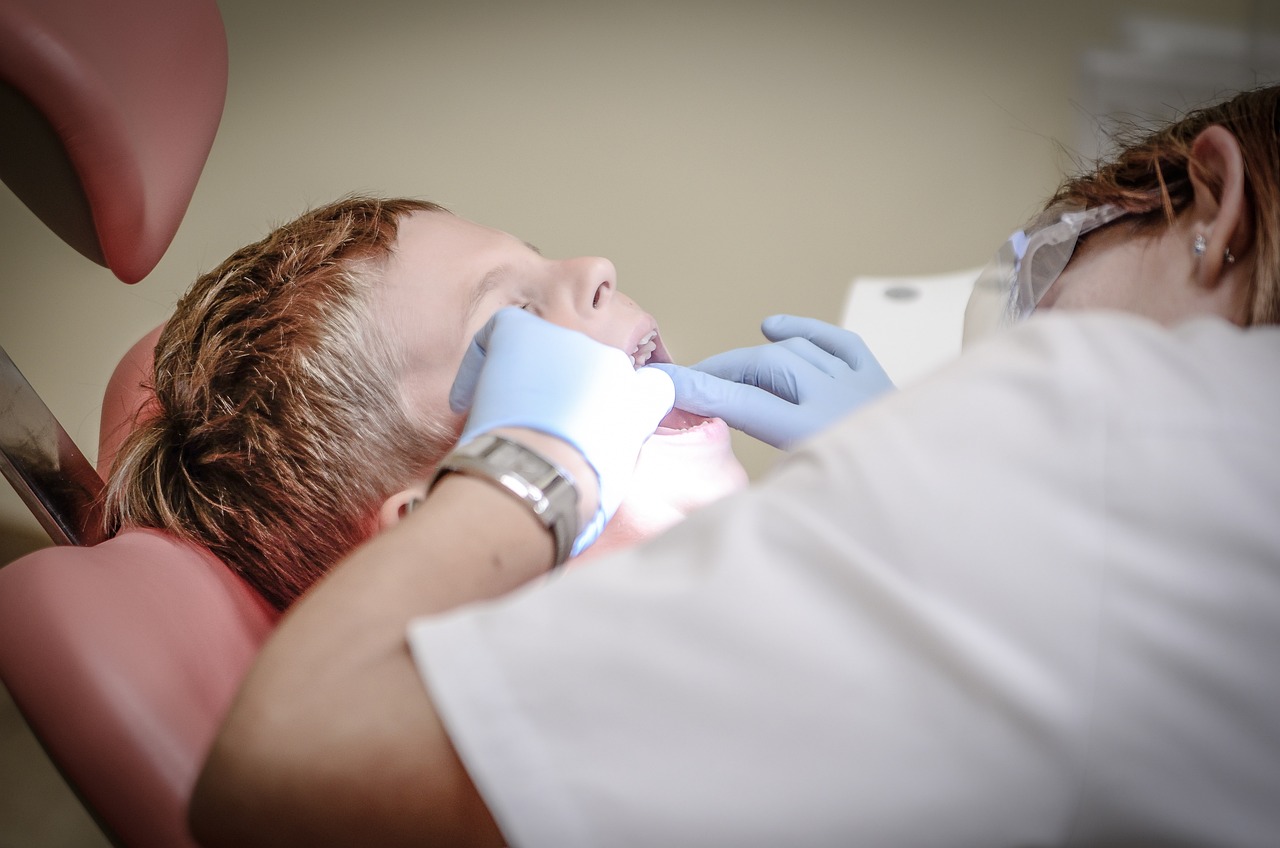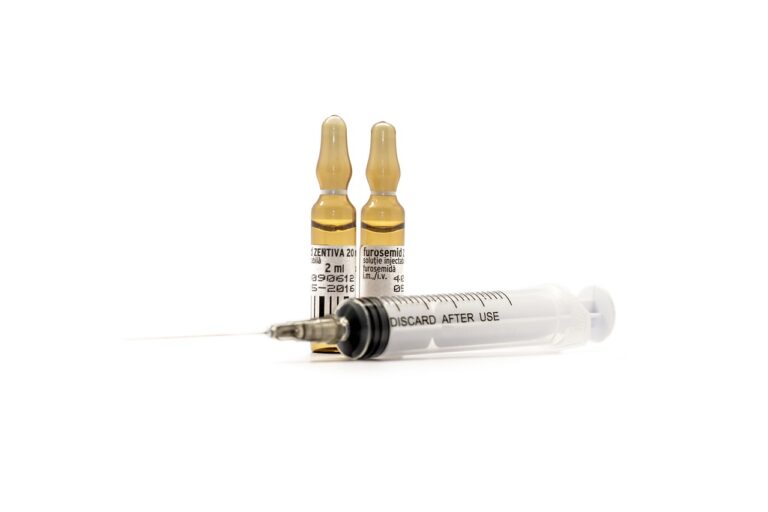Advancements in Brain Stimulation Therapies: Treating Neurological Disorders
Parkinson’s disease is a neurodegenerative disorder that affects movement. One of the treatment options available for managing the symptoms of Parkinson’s disease is brain stimulation therapy. This therapy involves the use of electrical impulses to target specific areas of the brain that control movement, helping to alleviate tremors, rigidity, and bradykinesia.
Deep brain stimulation (DBS) is a commonly used brain stimulation therapy for Parkinson’s disease. During this procedure, electrodes are implanted into the brain and connected to a pacemaker-like device placed under the skin of the chest. The device delivers electrical impulses to the targeted areas of the brain, helping to regulate abnormal nerve signals and improve motor symptoms. DBS has been shown to be effective in reducing medication requirements and improving quality of life for individuals living with Parkinson’s disease.
Deep Brain Stimulation for Essential Tremor
Deep Brain Stimulation (DBS) has emerged as a promising therapy for individuals with essential tremor, a neurological disorder characterized by uncontrollable shaking of the hands and other parts of the body. This innovative treatment involves the surgical implantation of electrodes in specific areas of the brain to help regulate abnormal brain activity that leads to tremors. By delivering electrical impulses to targeted regions, DBS can effectively reduce tremor symptoms and improve the quality of life for patients with essential tremor.
One of the key advantages of Deep Brain Stimulation is its adjustable nature, allowing healthcare providers to tailor the stimulation settings to each individual’s unique tremor patterns and severity. This personalized approach maximizes the effectiveness of the treatment while minimizing potential side effects. Furthermore, DBS has been shown to provide long-lasting relief for essential tremor patients who have not responded well to medication or other conventional therapies.
Deep Brain Stimulation (DBS) is a promising therapy for individuals with essential tremor
Involves surgical implantation of electrodes in specific areas of the brain
Regulates abnormal brain activity that leads to tremors
Delivers electrical impulses to targeted regions to reduce tremor symptoms
One of the key advantages of Deep Brain Stimulation is its adjustable nature, allowing healthcare providers to tailor the stimulation settings to each individual’s unique tremor patterns and severity. This personalized approach maximizes the effectiveness of the treatment while minimizing potential side effects. Furthermore, DBS has been shown to provide long-lasting relief for essential tremor patients who have not responded well to medication or other conventional therapies.
Transcranial Magnetic Stimulation for Depression
Transcranial Magnetic Stimulation for Depression offers a non-invasive alternative for individuals struggling with treatment-resistant depression. This therapy involves electromagnetic coils placed on the scalp to deliver targeted magnetic pulses to stimulate specific areas of the brain associated with mood regulation.
Patients undergoing Transcranial Magnetic Stimulation for Depression typically receive daily sessions over several weeks. The treatment has shown promising results in improving symptoms of depression, with minimal side effects compared to traditional antidepressant medications.
What is transcranial magnetic stimulation (TMS)?
Transcranial magnetic stimulation (TMS) is a non-invasive procedure that uses magnetic fields to stimulate nerve cells in the brain to improve symptoms of depression.
How does TMS work for depression?
TMS works by targeting specific areas of the brain associated with mood regulation. By stimulating these areas, TMS can help alleviate symptoms of depression.
Is TMS a safe treatment for depression?
TMS is considered a safe treatment for depression with minimal side effects. It is FD
How long does a TMS session typically last?
A TMS session typically lasts between 20-40 minutes and is usually administered daily for several weeks.
What are the potential side effects of TMS?
The most common side effects of TMS are mild and generally include headaches, scalp discomfort, and muscle twitching. These side effects usually subside after the session.
How effective is TMS for treating depression?
TMS has been shown to be effective in treating depression, particularly in individuals who have not responded well to other treatments. Many patients experience significant improvement in their symptoms after TMS therapy.







